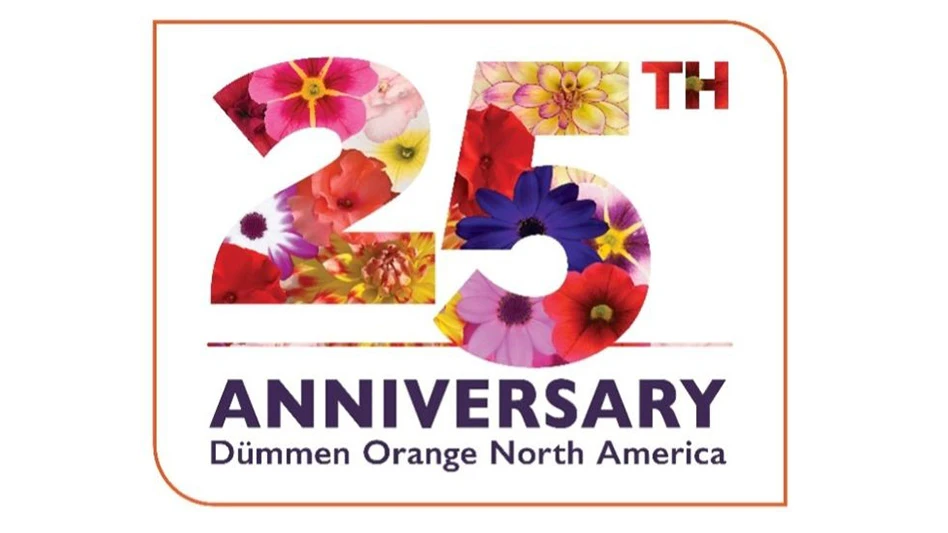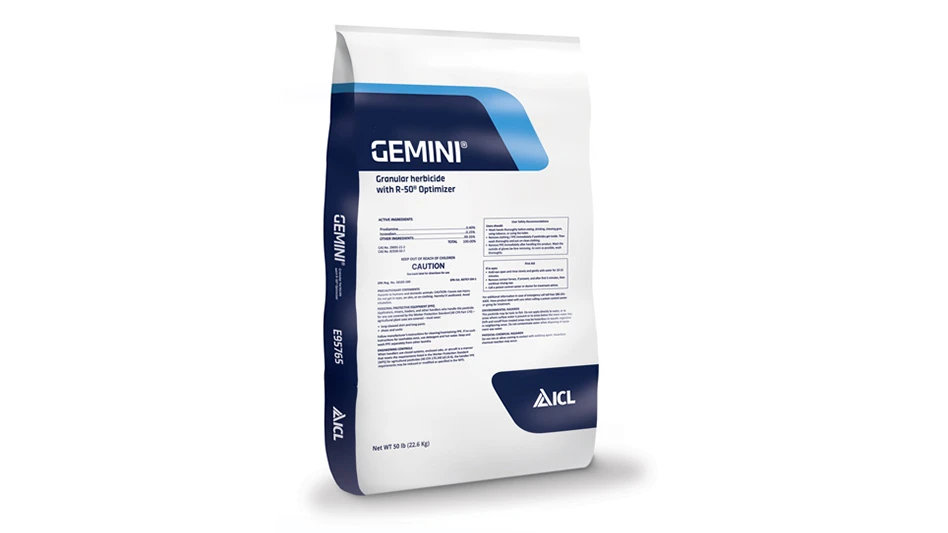

The green industry has faced its share of adversity in the form of weather phenomena, financial crises, and pest or disease plights. Yet so many have persevered with fortitude. This year presented the world with circumstances not seen in more than a century. This year required modifications from the entire supply chain that will be studied and analyzed for years. This is the year your grandkids will want to hear about for a social studies project.
Because of the COVID-19 pandemic and subsequent quarantine, this year’s Nursery Management State of the Industry survey yielded some uncommon responses. And the next two to three years will reveal even more about how the green industry has been affected. We asked specific questions regarding COVID-19 as a follow-up to our spring coronavirus survey. See those responses on page 24.
As we ride out this latest recession, the economy is certainly a concern, but it still came in second behind labor issues as the top two greatest threats to the industry. (See chart on page 18.) Staff hiring and training ranked No. 1 when asked about aspects of the business that participants would most like to improve. (See page 18.) Yet the related issues of automation and LEAN production ranked fourth and seventh, respectively, in terms of the most sought-after nursery improvements.
With this year’s surge in consumer interest in gardening, nurseries are reporting increased sales and profits in 2020 vs. 2019. More than 60% of those surveyed raised prices this year and almost 70% plan to raise prices in 2021. Despite the peaks and valleys of 2020, the industry remains fairly confident that the market demand for nursery products will increase in 2021.
Pages 18 to 26 reveal what North American growers of different sizes experienced so far in 2020 with data regarding production and acreage; sales and profits; prices; and coronavirus-related issues such as health and safety of employees.
A Sukuman proverb states, “The wind does not break the tree that bends.” Growers who create a business plan with several variables or scenarios and remain flexible will help ensure that the industry bends and doesn’t break.





Landscape Market
By Brian Horn

We’ve heard the industry hasn’t been hit that hard by COVID-19 and the confidence level numbers here somewhat reflect that. More than 90% of landscapers were confident their companies would grow in last year’s survey, and this year it only dropped to 88%. Last year 6% were “not confident at all” that their company would grow, and this year that number jumped to 11%. So, there’s a bit of doubt but that was expected with COVID.
I recently heard from a design/build company on the West Coast who said this will be their best year ever. However, the fallout from COVID in the design/build market may not be seen until 2021 since a lot of jobs were already booked and paid for. Many residential maintenance services did see an increase this year because of people working from home, while commercial maintenance did take somewhat of a hit.
For the industry as a whole, confidence is still high and only dropped 5% from last year. Last year 3% were “not confident at all” the industry would grow, while that jumped to 10% this year.
The major concern for the industry has been and still is labor. That’s followed by economic recession and the presidential election. Last year, labor was the top concern, followed by workers comp costs. High fuel costs were third and that wasn’t even in the top 10 this year. We listed COVID-19 as a concern and that came in 7th out of about 25 choices.
The entire State of the Industry report will be published in Lawn & Landscape’s October issue. www.lawnandlandscape.com
Independent Garden Center Market
By Kate Spirgen
This has certainly been a year like no other. What started off as another normal year quickly turned into the strangest spring many of us have ever seen. Between increasing sales, social distancing, mask mandates and a whole host of new issues to deal with, the industry is one of few that’s weathering the storm well.
In fact, more than three-quarters of respondents said quarantine measures and the coronavirus had the biggest positive impact on sales this year. Despite the challenges it brought, COVID has definitely been good for business.
Edibles were on the rise as unemployment rose and parents looked for activities to do with their kids. New hobby gardeners entered IGCs for the first time and delivery, online ordering and curbside pickup became the new normal for many.
When asked how their garden center's spring 2019 sales compared to spring 2020, 87% cited an increase, 2% said they stayed about the same and 11% reported a decrease.
Garden Center magazine’s 2020 State of the Industry report will be published in the September issue. www.gardencentermag.com
The U.S. Housing Market

Housing starts increased 22.6% in July to a seasonally adjusted annual rate of 1.496 million units, according to the U.S. Census Bureau and the U.S. Department of Housing and Urban Development. That represents the biggest gain since October 2016. Single-family housing starts in July were at a rate of 940,000; this is 8.2% above the revised June figure of 869,000. At press time, July was the most current data.
Privately-owned housing completions in July were at a seasonally adjusted annual rate of 1.28 million, 3.6% above the revised June estimate of 1.23 million and is 1.7% above the July 2019 rate of 1.25 million. Single-family housing completions in July were at a rate of 909,000, 1.8% below the revised June rate of 926,000.
Get curated news on YOUR industry.
Enter your email to receive our newsletters.

Explore the September 2020 Issue
Check out more from this issue and find your next story to read.
Latest from Nursery Management
- March 2025 issue recap
- Gratitude as a marketing strategy
- Leading Women of Horticulture: Katie Dubow, Garden Media Group, and Aubry Field, Lizzy Blossom
- Leading Women of Horticulture: Arden Pontasch, North Creek Nurseries
- Super Charged Moon Juice from Moon Valley Nurseries now available nationally
- 2025 Proven Winners Horticulture Scholarship applications now open
- Leading Women of Horticulture: Anna Ball, Ball Hort, and Terri McEnaney, Bailey Nurseries
- Leading Women of Horticulture: Crystal Cady and Elizabeth Brentano





